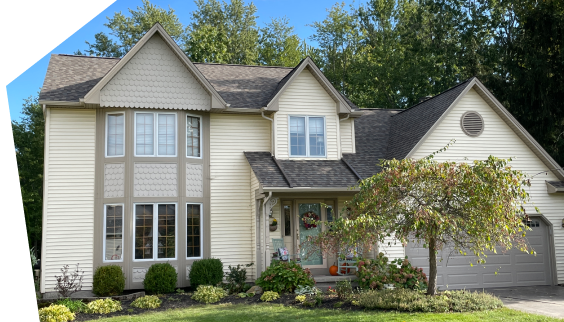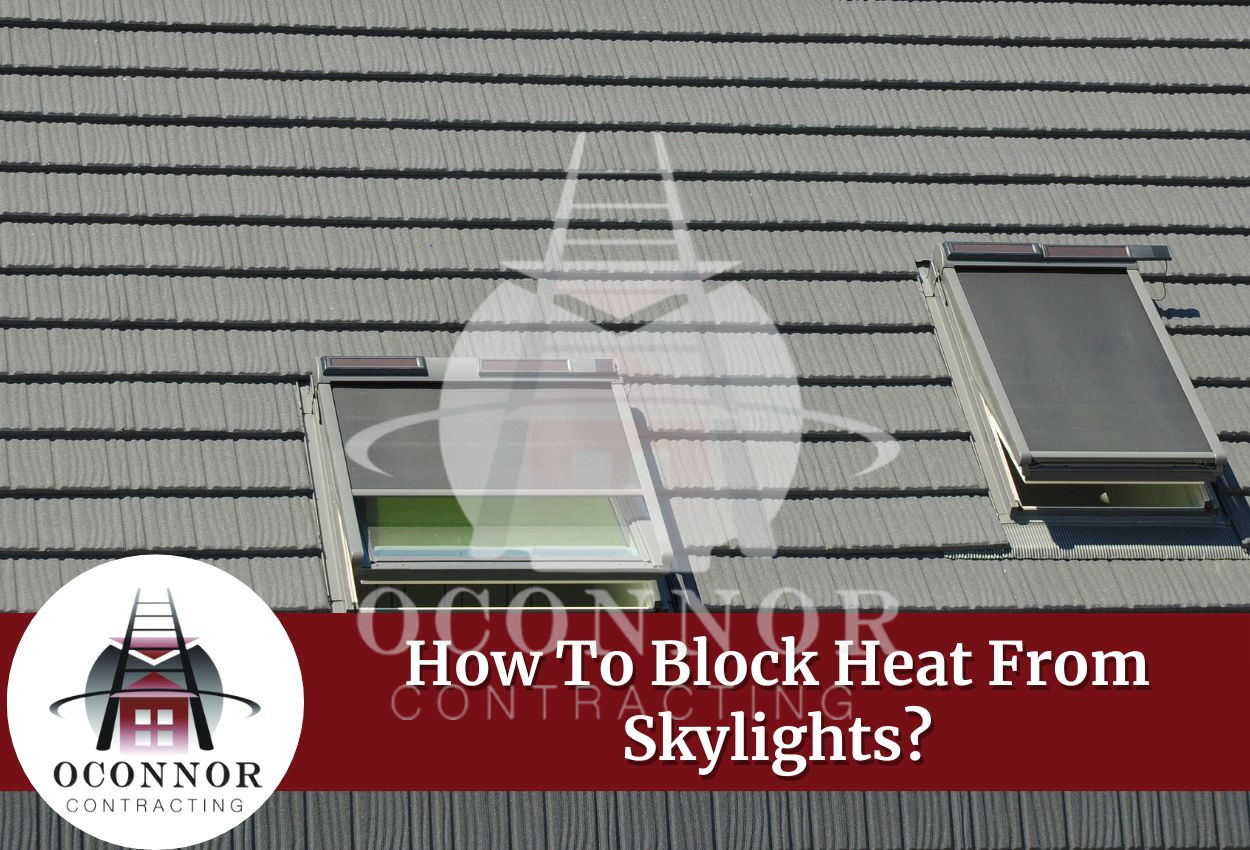While skylights are a great way to let natural light into your home, they may also let in unwanted heat, particularly in the summer. Skylights may unintentionally warm up spaces, increasing cooling expenses and creating discomfort. If you’re sick of the sun glaring through your skylights and driving up your energy costs, it’s time to look into some fixes.
We’ll go over a number of methods in this blog post to help you understand how to block heat from skylights.
Understanding The Problem: Why Skylights Generate Heat
Skylights let in natural light, but they can also bring in a lot of heat from the sun. Sunlight passes through the skylight’s glass or plastic and warms the air and surfaces inside. The amount of heat depends on the skylight’s angle and direction—south-facing skylights get more sun and heat in the winter.
While this can help in cold weather, it can also make your home too hot in warmer months. This is called solar heat gain, and it can raise indoor temperatures by 10-20 degrees on sunny days, making your air conditioning work harder and increasing energy costs. Without good insulation, skylights can also let heat escape in winter.
Also Read: Best Skylight Brands of 2024 (& Our Top Picks)
Why It’s Important to Block Heat from Skylights
Blocking heat from skylights helps keep your home cooler, reducing the strain on your AC and lowering energy bills. It also improves comfort by maintaining an even temperature and extends your AC’s lifespan by preventing overwork. Let’s explore some simple ways to block the heat.
Effective Strategies On How To Block Sun Heat From Skylights
To protect your home from overheating, here are different ways to easily block heat from skylights:
#1. Advanced Glazing Options
Advanced glazing options, like double or triple glazing, improve insulation and help control heat transfer. Here’s how:

A. Double or Triple Glazing
Instead of just one layer of glass, double and triple glazing uses two or three layers with air or gas in between. This helps stop heat from getting inside during the summer and keeps warmth inside during the winter. Triple glazing offers even better insulation, making it a great choice for places with extreme temperatures. Though it may cost more initially, it can lower energy bills in the long run.
B. Low-Emissivity (Low-E) Glass
Another way to reduce heat gain is to choose skylights with low-E glass. A small layer of metallic oxide is applied to the glass, which absorbs infrared light while permitting visible light to go through. This technology makes homes warmer in the winter and cooler in summer, making it a great option for year-round energy efficiency.
C. Triple-Pane Glass
Adding an extra pane of glass in windows provides even better insulation. The two layers of air between the glass reduce heat transfer, helping to keep your home cooler in summer and warmer in winter. While it may cost more upfront, the long-term savings on energy make it a solid investment, especially in areas with extreme weather.
#2. Heat-Reflective Skylight Tinting and Window Films
To further manage heat entering through skylights, heat-reflective films and tinting offer a simple yet effective solution. Applied directly to the glass, these films reflect a substantial amount of sunlight while still allowing beneficial natural light to fill your space.
Alongside reducing glare and harmful UV rays, they help protect your furniture and décor from fading. A relatively low-cost and straightforward installation process makes them an attractive option for homeowners wanting a quick improvement.
#3. Skylight Covers and Shades
Another solution is to install shades and covers that provide both style and temperature control for your skylights.
A. Roller Shades
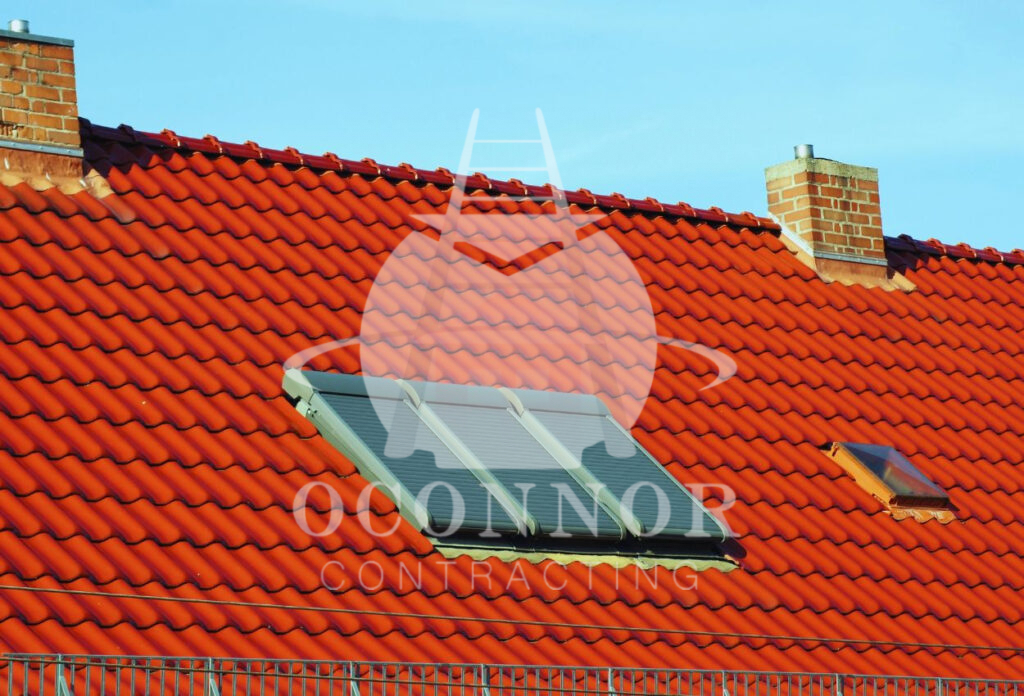
You can use roller shades to control both the light and the heat coming through your skylights. These shades are easy to adjust and come in many styles and materials. Some fabrics can block all the light, while others allow you to filter in just the right amount, giving you the flexibility to keep your home comfortable and private.
B. Cellular Shades
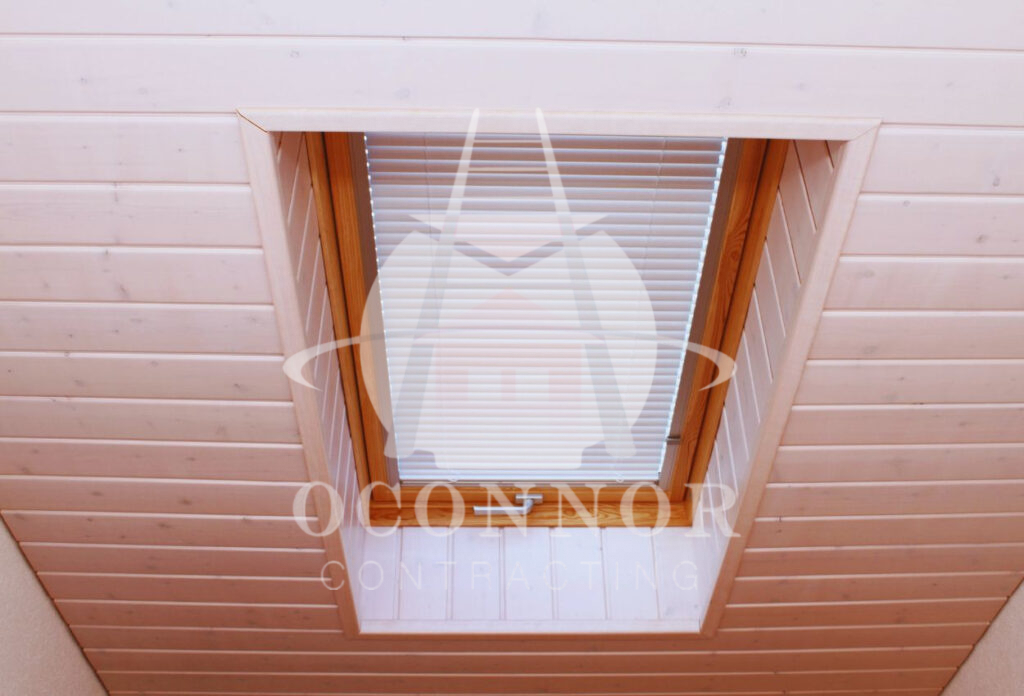
With their honeycomb design, cellular shades trap air and provide great insulation. These shades help keep your home cooler in summer and warmer in winter. They come in different types, such as light-filtering or blackout, allowing you to choose the right option for your needs.
C. Roman Shades
For skylights, Roman shades provide a trendy and useful solution. They fold perfectly when elevated, giving off a delicate, refined appearance. Roman shades come in various materials and are both functional and aesthetically pleasing since they help regulate heat and sunshine.
#4. Reflective Coatings
Applying reflective coatings is a skylight heat blocker before it even reaches your house. These coatings keep a large portion of the solar heat from entering your home by reflecting sunlight away from your skylights. Reflective coatings dramatically reduce heat absorption, which keeps your home cooler and lowers cooling expenses, particularly in the warmer months. Their straightforward yet efficient design makes them a desirable option for households trying to increase energy efficiency.
#5. External Solutions
Here’s how external solutions like shutters and solar-powered venting skylights can offer shade and improve ventilation:
A. Solar-Powered Venting Skylights
Solar-powered skylights not only bring in light but can also open automatically to let hot air escape. By using solar power to open and close, these skylights help ventilate your home, keeping it cooler. This feature helps reduce energy costs by allowing fresh air to flow through the space naturally.
B. Exterior Shutters
Shutters placed outside are another way to cover a skylight when needed. They can be closed during peak sun hours to block direct heat while still offering privacy and added security. Exterior shutters are available in many styles and materials, allowing you to match your home’s look while controlling light and temperature.
#6. Weather-Stripping
Applying weather stripping around your skylight frames can prevent heat from entering during the summer and cold air from leaking in during winter. It helps seal gaps, keeping the temperature in your home more stable and reducing your need for heating or cooling.
#7. Roof Ventilation Solutions
Both mechanical and natural ventilation can help control the temperature in your home.
A. Passive Ventilation
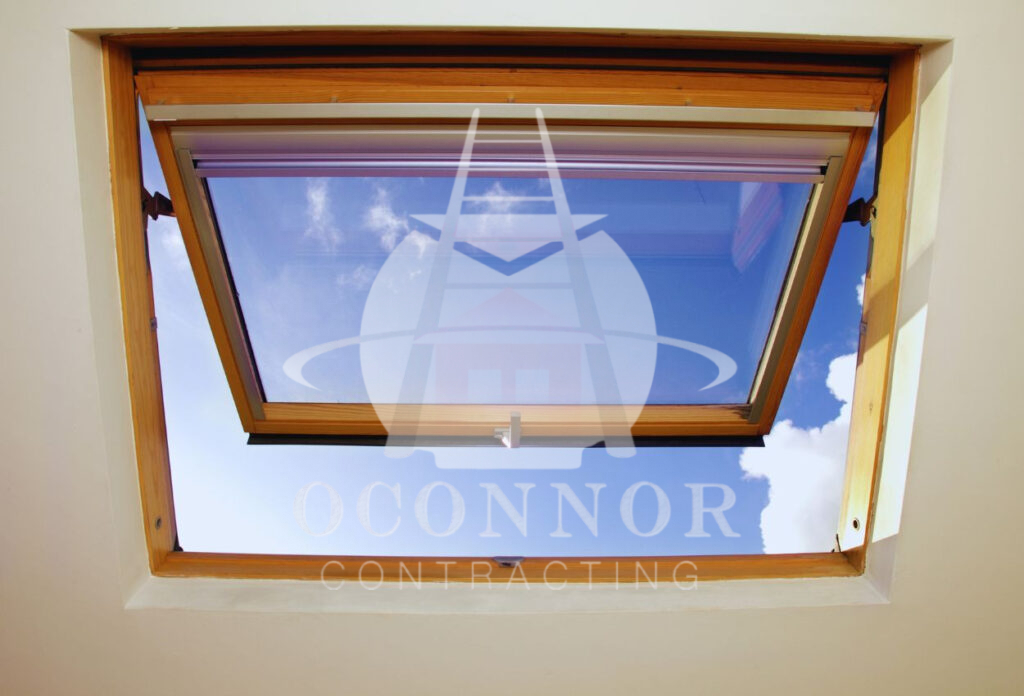
Passive ventilation uses natural airflow to remove heat from your attic. If heat is accumulating due to a skylight, vents allow hot air to escape while cooler air enters the space. This method helps reduce the need for air conditioning, keeping your home comfortable with less energy.
B. Active Ventilation Systems
If you need more control over ventilation, active systems with fans can help. These systems push hot air out of the attic space, quickly improving comfort during warmer months. With the option for manual or programmed control, active ventilation offers a customizable solution to maintain an optimal indoor temperature.
#8. Insulated Skylight Solar Shades or Blinds
For homeowners wanting both solar control and thermal insulation, insulated skylight solar shades or blinds are a smart choice. These window treatments block excessive sunlight and provide an extra layer of insulation to lower the impact of outdoor temperatures. Available in various styles and colors, these blinds offer a tailored solution to improve your home’s aesthetic and energy efficiency.
Block Heat from Skylights with OConnor Contracting’s Expert Services
For your house or business, OConnor Contracting offers exceptional skylight installation services. Our team of professionals specializes in providing skylights that improve ventilation and natural light. We are qualified to handle any skylight installation, whether it’s replacing an existing one or installing a new one. Call us today at (716) 600-7663 to get an instant quote.
